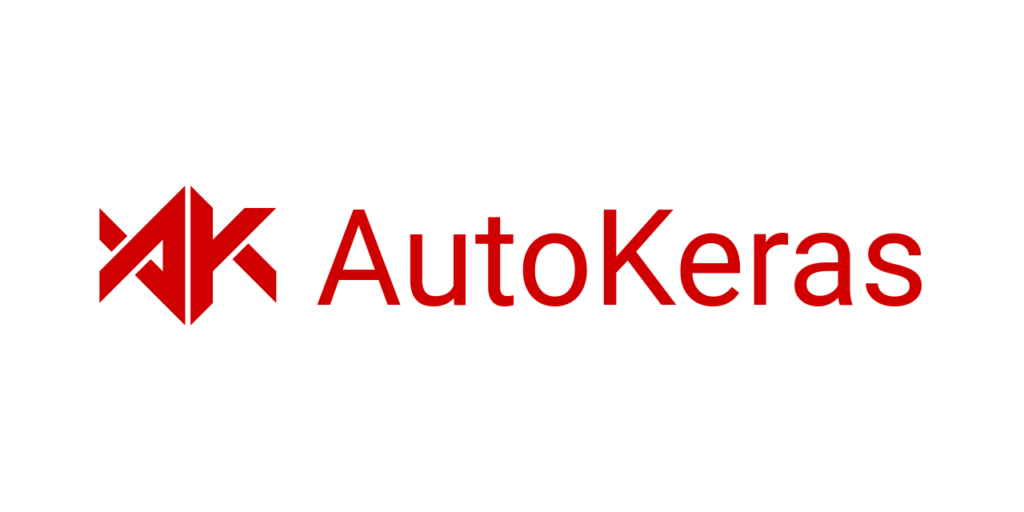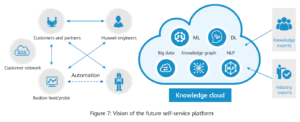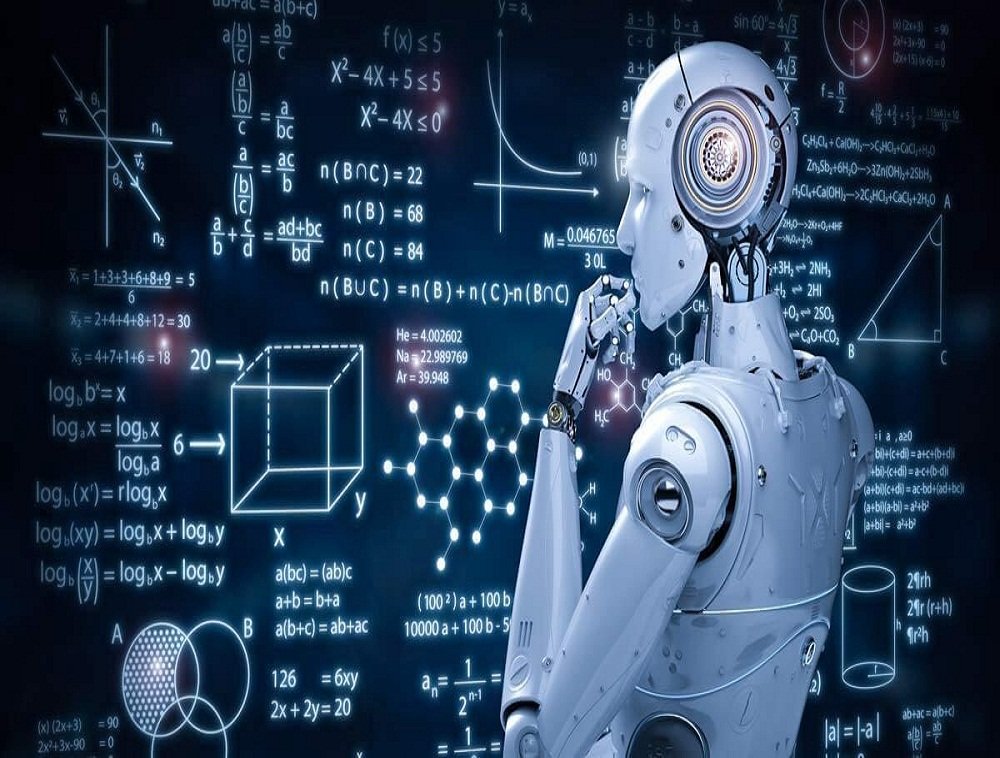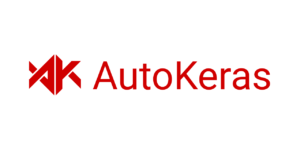
- Introduction to AutoML
- H2O.ai: An Open-Source Platform for AI and Machine Learning
- Google Cloud AutoML: Empowering Developers with Limited Expertise
- Comparing H2O.ai and Google Cloud AutoML
- Introduction to Auto-Keras
- Key Features and Capabilities
- Getting Started with Auto-Keras
- Advanced Usage and Customization
Introduction to AutoML
Automated Machine Learning, commonly referred to as AutoML, is radically transforming the landscape of artificial intelligence and machine learning by streamlining the entire process from data preparation to model deployment. As businesses and developers continually seek ways to harness the power of AI, AutoML emerges as a valuable solution, significantly lowering the barriers to entry for machine learning applications.
AutoML automates the typically complex and time-consuming tasks involved in creating machine learning models. These tasks include data preprocessing, feature engineering, algorithm selection, hyperparameter tuning, and even model evaluation. By automating these steps, AutoML tools enable users to focus more on solving business problems rather than getting bogged down by the intricacies of model development.
The importance of AutoML in today’s AI landscape cannot be overstated. As the demand for AI-driven solutions grows across various industries, there is a parallel increase in the need for tools that simplify machine learning processes. This is particularly beneficial for organizations lacking deep expertise in AI or machine learning. AutoML bridges this skill gap by providing user-friendly interfaces and automated workflows, allowing even non-experts to build and deploy robust machine learning models.
One of the most significant benefits of AutoML is its ability to enhance efficiency. Traditional machine learning projects often require substantial time and resources, from data scientists and engineers working collaboratively over extended periods. AutoML minimizes this investment by delivering faster results without compromising accuracy. Additionally, it democratizes access to advanced machine learning capabilities, enabling small to medium-sized enterprises to compete with larger organizations that have more resources.
In conclusion, as the demand for AI solutions continues to rise, the role of AutoML becomes increasingly critical. By simplifying and automating the machine learning process, AutoML tools like H2O.ai and Google Cloud AutoML offer substantial advantages in terms of efficiency, accessibility, and scalability, making it easier for businesses of all sizes to leverage the power of AI.
H2O.ai: An Open-Source Platform for AI and Machine Learning

H2O.ai is a prominent open-source platform that democratizes access to artificial intelligence (AI) and machine learning (ML). Its primary mission is to simplify the process of building, testing, and deploying machine learning models, making these advanced technologies accessible to a broader audience. The core of H2O.ai’s appeal lies in its AutoML functionality, which automates the intricate and time-consuming steps of model creation and optimization.
One of the standout features of H2O.ai is its robust support for a diverse range of algorithms. Users can leverage state-of-the-art machine learning techniques, including gradient boosting machines (GBM), generalized linear models (GLM), deep learning, and more. This variety ensures that users can tailor their models to specific needs, enhancing the accuracy and performance of their predictive analytics.
Scalability is another critical advantage of H2O.ai. The platform is designed to handle large datasets efficiently, making it suitable for enterprises dealing with vast amounts of data. H2O.ai can seamlessly scale from individual workstations to large clusters, providing flexibility for different project sizes and complexities. This capability is crucial for businesses aiming to extract insights from big data without compromising on performance.
H2O.ai also integrates smoothly with various tools and programming languages. It offers APIs for Python, R, Java, and Scala, enabling data scientists to work within their preferred environments. Additionally, its compatibility with popular data processing frameworks like Apache Spark and Hadoop further broadens its applicability in diverse data ecosystems.
Real-world applications of H2O.ai highlight its effectiveness. For instance, PayPal uses H2O.ai to enhance fraud detection, significantly reducing false positives and improving transaction security. Similarly, Progressive Insurance has leveraged H2O.ai’s capabilities to refine its pricing models, resulting in more accurate premium calculations and better customer satisfaction.
Overall, H2O.ai stands out as a powerful, user-friendly platform that brings the benefits of AI and machine learning to a wider audience. Its comprehensive features, scalability, and seamless integration with other tools make it an invaluable asset for organizations aiming to harness the power of data-driven decision-making.
Google Cloud AutoML: Empowering Developers with Limited Expertise

Google Cloud AutoML offers an array of machine learning products designed to empower developers with limited expertise to build high-quality models tailored to their specific needs. The suite includes various tools such as AutoML Vision, AutoML Natural Language, and AutoML Tables, each simplifying the creation of custom models through an intuitive interface and robust backend technology.
AutoML Vision enables developers to train custom image recognition models. By leveraging Google’s advanced neural architecture search technologies, it simplifies the traditionally complex process of image classification. This tool has found applications in industries like retail, where businesses use it to improve product categorization and enhance customer experiences. For instance, a retail company can automatically tag and organize images of products, making it easier to manage large inventories.
AutoML Natural Language allows developers to build models for text classification, sentiment analysis, and entity extraction without requiring extensive knowledge in natural language processing. This tool is particularly beneficial in industries like customer service, where companies can analyze customer feedback at scale. By automating the sentiment analysis process, businesses can gain insights into customer satisfaction and adapt their strategies accordingly.
AutoML Tables is designed to handle structured data, making it ideal for predictive analytics tasks. It automates the end-to-end process from data ingestion to model deployment, enabling developers to focus on interpreting the results rather than the intricacies of model building. Financial institutions, for example, use AutoML Tables to predict loan defaults by training models on historical data, which helps in risk management and decision-making processes.
These tools are supported by innovative technologies such as transfer learning and neural architecture search, which significantly reduce the amount of data and computational resources required to train models. Moreover, the integration with Google Cloud’s robust infrastructure ensures scalability and reliability, making it easier for businesses to deploy machine learning solutions at scale.
In essence, Google Cloud AutoML democratizes machine learning by enabling developers with limited expertise to harness the power of AI, driving innovation and efficiency across various sectors.
Comparing H2O.ai and Google Cloud AutoML
When evaluating H2O.ai and Google Cloud AutoML, several critical factors such as ease of use, scalability, versatility, and cost must be considered. Both platforms offer distinct advantages tailored to different user needs and project requirements.
H2O.ai is highly regarded for its open-source nature and robust community support. It provides a versatile suite of machine learning algorithms and tools, making it an excellent choice for data scientists and developers who require extensive customization and control over their models. H2O.ai’s integration with various data sources and compatibility with multiple programming languages further enhances its versatility. However, this flexibility may come at the cost of a steeper learning curve for beginners, who might need to invest more time in mastering the platform.


On the other hand, Google Cloud AutoML shines in its user-friendliness and seamless integration with Google Cloud’s ecosystem. It is designed to democratize machine learning by enabling non-experts to build and deploy models with minimal effort. The platform’s automated feature engineering and hyperparameter tuning significantly reduce the manual workload, making it an attractive option for organizations that prioritize speed and ease of use. However, this convenience may come with higher costs, especially for large-scale projects, and potentially less flexibility compared to H2O.ai.
Scalability is another crucial aspect where both platforms excel but in different ways. H2O.ai can be deployed on-premises or in the cloud, offering flexibility for organizations with specific infrastructure preferences. Google Cloud AutoML, being a fully managed service, leverages Google’s robust cloud infrastructure, ensuring effortless scalability and reliability. This makes it an ideal choice for enterprises looking for a hassle-free, scalable solution.
In terms of cost, H2O.ai’s open-source version is free, making it a cost-effective option for organizations with skilled data scientists who can leverage its capabilities. In contrast, Google Cloud AutoML’s pricing is usage-based, which can quickly add up depending on the scale and complexity of the projects.
Ultimately, the choice between H2O.ai and Google Cloud AutoML should be guided by specific project requirements and organizational goals. For projects demanding high customization and flexibility, H2O.ai may be the better fit. Conversely, for initiatives prioritizing ease of use and quick deployment, Google Cloud AutoML could be more suitable.
To get started with either platform, users should first assess their project needs and technical expertise. For H2O.ai, exploring the extensive documentation and community forums can provide valuable insights and support. For Google Cloud AutoML, leveraging Google’s comprehensive tutorials and support resources can help streamline the onboarding process.
Introduction to Auto-Keras

Auto-Keras is an open-source software library that aims to simplify the process of automated machine learning (AutoML). Built on top of Keras, a widely-used deep learning framework, Auto-Keras is designed to be accessible and user-friendly for both beginners and seasoned machine learning practitioners. The primary objective of Auto-Keras is to democratize access to machine learning by automating complex processes such as model selection and hyperparameter tuning.
One of the most significant challenges in machine learning is the selection of an appropriate model and the optimization of its hyperparameters. These tasks require a substantial amount of expertise and time, often acting as barriers to entry for newcomers. Auto-Keras mitigates these challenges by automating the end-to-end machine learning workflow. This automation allows users to focus more on the problem at hand rather than the intricate details of model configuration and optimization.
Auto-Keras leverages the simplicity and flexibility of Keras to provide a seamless experience. Users can easily integrate Auto-Keras into their existing workflows, benefiting from its robust features without the steep learning curve associated with traditional machine learning frameworks. Key features of Auto-Keras include automated neural architecture search (NAS), hyperparameter optimization, and support for various data types such as image, text, and tabular data.
The significance of AutoML, particularly through tools like Auto-Keras, cannot be overstated. By automating critical aspects of the machine learning pipeline, AutoML tools enable a broader audience to develop and deploy machine learning models. This democratization of access facilitates innovation and accelerates the adoption of machine learning across diverse industries. With Auto-Keras, users are empowered to build high-performing models with minimal manual intervention, making advanced machine learning techniques more attainable and practical for a wider range of applications.
Key Features and Capabilities
Auto-Keras stands out as a powerful tool in the field of automated machine learning (AutoML), offering a wealth of features and capabilities designed to streamline the model development process. One of its most notable characteristics is its comprehensive support for various types of neural networks. Whether it’s image classifiers, text classifiers, or models for structured data, Auto-Keras provides robust solutions tailored to different data modalities. This versatility ensures that users can efficiently tackle a wide range of machine learning tasks using a single library.
The high-level API of Auto-Keras significantly enhances ease of use, making it accessible even to those who may not have extensive experience in machine learning. The API abstracts much of the complexity involved in model creation and training, allowing users to focus more on the application of machine learning rather than the intricacies of model configuration. This user-friendly approach is further bolstered by seamless integration with Keras and TensorFlow, two of the most widely used frameworks in the deep learning community. As a result, users can leverage the familiar and powerful features of these frameworks while benefiting from the automation capabilities of Auto-Keras.
Flexibility is another cornerstone of Auto-Keras. While it excels at automating various aspects of model development, it also provides users with the ability to customize their models according to specific needs. This includes fine-tuning architectures or adjusting training parameters, thereby striking a balance between automation and manual control. Moreover, Auto-Keras demonstrates robustness in handling diverse data types, ensuring that users can effectively work with images, text, and structured data without encountering significant hurdles.
One of the most critical features of Auto-Keras is its ability to perform hyperparameter optimization automatically. This capability is essential for achieving optimal model performance, as it systematically explores different hyperparameter configurations to identify the best possible settings. By automating this often tedious and time-consuming process, Auto-Keras enables users to develop high-performing models more efficiently.


Getting Started with Auto-Keras
Auto-Keras is an open-source library designed to simplify the process of automated machine learning (AutoML). To begin using Auto-Keras, the first step involves setting up the environment and installing the necessary dependencies. Auto-Keras is compatible with Python 3.5+ and TensorFlow 2.0+. To install Auto-Keras, you can use the following pip command:
pip install autokeras
Before proceeding, ensure that you have TensorFlow installed. If not, you can install it using:
pip install tensorflow
With the environment ready, let’s walk through a simple example to demonstrate how Auto-Keras facilitates building and training a machine learning model. We’ll use the classic MNIST dataset for this demonstration. Start by loading the data:
from tensorflow.keras.datasets import mnist
(x_train, y_train), (x_test, y_test) = mnist.load_data()
x_train = x_train.astype('float32') / 255.0
x_test = x_test.astype('float32') / 255.0
Next, define the task. Auto-Keras provides a variety of predefined tasks. For this example, we’ll use the ‘ImageClassifier’ task:
from autokeras import ImageClassifier
clf = ImageClassifier(max_trials=10)
The max_trials parameter sets the number of different models to try. Now, we can train the model with minimal code:
clf.fit(x_train, y_train, epochs=10)
Auto-Keras will automatically handle model selection and training. Once the training is complete, we can evaluate the performance of the generated models:
accuracy = clf.evaluate(x_test, y_test)
print('Accuracy:', accuracy)
Finally, to make predictions using the trained models, you can use:
predictions = clf.predict(x_test)
In this manner, Auto-Keras significantly reduces the complexity involved in building and training machine learning models, allowing you to focus more on data and less on model selection and hyperparameter tuning.
Advanced Usage and Customization
While Auto-Keras is designed to streamline the process of automated machine learning (AutoML), advanced users can leverage its extensive customization options to fine-tune their models and achieve higher performance. One of the primary ways to exert more control over the model architecture is by fine-tuning the search space. This involves specifying a narrower range of hyperparameters, which allows the Auto-Keras search algorithm to focus on the most promising configurations. By customizing the search space, users can ensure that the final model aligns more closely with their specific requirements and constraints.

Another powerful feature of Auto-Keras is the ability to use custom hyperparameters. Users can define their own hyperparameter tuning strategies to explore various model configurations. This is particularly useful when dealing with unique datasets or when specific performance metrics need to be met. Custom hyperparameters provide the flexibility to experiment with different learning rates, activation functions, and other model parameters, thereby enabling more granular control over the model development process.
Integration with other machine learning libraries is another area where Auto-Keras excels. The library is designed to be compatible with popular frameworks such as TensorFlow and Keras, allowing users to incorporate Auto-Keras into their existing workflows seamlessly. This interoperability is advantageous for complex machine learning tasks that require specialized preprocessing or additional model evaluation metrics. For instance, researchers working on multi-modal data processing can easily integrate Auto-Keras with libraries that handle image, text, or audio data, enabling the creation of sophisticated models that can process multiple data types simultaneously.
Transfer learning is another advanced capability supported by Auto-Keras. Users can leverage pre-trained models to jumpstart their machine learning projects, significantly reducing the time and computational resources required for model training. This is particularly beneficial for tasks that involve large datasets or require high accuracy, such as image recognition or natural language processing. By fine-tuning pre-trained models, users can achieve state-of-the-art performance with relatively little effort.
To maximize the benefits of Auto-Keras, it is essential to follow best practices and practical tips. These include monitoring the training process closely, experimenting with different search strategies, and utilizing cross-validation to ensure robust model performance. Real-world applications of Auto-Keras span a wide range of industries, from healthcare and finance to retail and entertainment, showcasing its versatility and effectiveness in solving complex machine learning problems.






